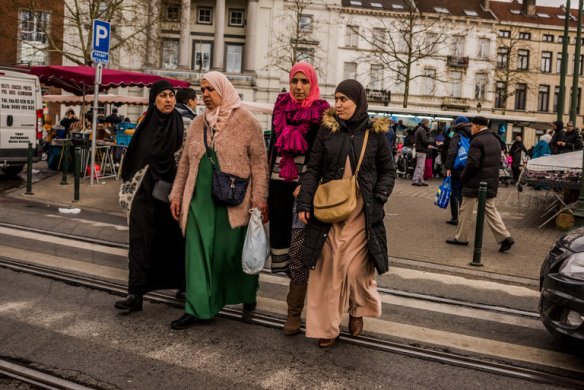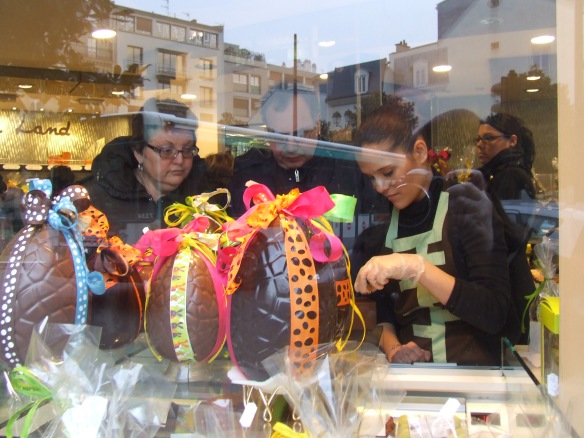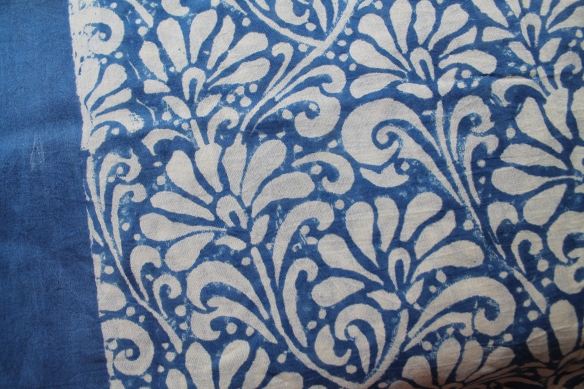I’ve had enough of this woman’s fluff. Everytime she writes a piece in The New York Times she irritates a lot of people because of her myopic unworldliness. She’s an ingénue. The only reason I’m writing this post is because the comments section of her March 25th piece (which I’ve just read) is closed. It’s entitled Je Suis Sick of This. That title is about as puerile and petulant as the titles of her books. She might be a seasoned book author with such highbrow titles as French Children Don’t Throw Food and Bébé Day by Day to her name, but I’m a seasoned Parisian with over 25 years of living in Paris under my belt. An ordinary resident, I also work in an ordinary office with ordinary people. I don’t have a cushy stay-at-home writing job with a New York Times expense account.
The following comment of hers, which provoked me to write this post, is erroneous and reveals her naïveté – “Salah Abdeslam, who helped orchestrate the terrorist attacks on Paris, managed to slip out of the country afterward. Four months later, he was found hiding in Molenbeek, the Brussels neighborhood where he grew up. That’s one of the hardest facts to reconcile: these are Europeans attacking their own homelands.”
Europeans attacking their own homelands?? Seriously? The terrorists in question, Madame Druckerman, are about as European as Cherokees. Their homeland, or to use the word in a certain Arab dialect: their bled, is in North Africa. Not France. Not Belgium. But Morocco, Algeria or Tunisia, otherwise called the North African Maghreb. (the Arabic word, ‘maghreb’ means ‘where the sun sets’ because of its westerly direction.) I’ll bet Ms. D didn’t know that. Note: the true translation of bled is ‘village’. Someone who comes from that village is called a blédard.
The terrorists in question are Muslim Arabs who speak Arabic. (WARNING – do not misconstrue this sentence to believe that all Muslim Arabs who speak Arabic are terrorists.) They were either born in Europe, or came to Europe as children, or later on as adults, but one thing is sure: their parents are from North Africa, and strong connections remain not only to the region, but to the culture, language and religion. As is common with immigrants the world over, the parents bring their customs with them to their host country. Sure, the children are socialized and receive a European education outside of the home, but inside the home some of them (NOT ALL) might as well be back in the bled. Many of the parents are illiterate. I know what I’m talking about, I’ve been in these homes; I’ve had friends and colleagues from these homes. (And I’ve been received with generous hospitality and kindness, my intention is not to denigrate.)

Here are your “Europeans” – Residents at a market in Molenbeek, a heavily immigrant district of Brussels. Photo credit Daniel Berehulak for The New York Times.
Example – a few months ago, I asked a work colleague of mine the following question – “Do you feel French or Moroccan?” (a small group of us, during lunch in the staff cafeteria, were having a discussion about identity.) Here’s what she replied – “Muslim.”
Huh? We all stared at her. “But Muslim is a religion, not a nationality,” we replied. “You were born in France, you were schooled in France, you have a European passport.” In fact, she’s an immigrant success story. Her mother and father emigrated to France from Morocco in the 1970s and, thanks to French schools….and to her own diligence, of course, she became a lawyer.
She has lived in Paris her entire life. But she doesn’t feel French. She doesn’t feel European. She feels Muslim. Now why would that be??
And that’s the question I always ask myself – where do people’s loyalties lie? We see that Salah Abdeslam’s loyalty does not lie with Belgium or Europe!
Later on, I imagined someone asking me the same question. “Juliet, do you feel Canadian or French?” I cannot imagine in a million years replying “Anglican (or Christian).”
This reader’s comment to Druckerman’s piece sums it up – “Interesting the comment that these are Europeans….no, I don’t think so. Birth isn’t enough to make you a European. If you consistently and resolutely refuse to assimilate and remain committed to your anti-European beliefs, then you are not a European. You are someone who lives in Europe enjoying all the freedoms your own beliefs would never allow, but you harbor a hate that manifests itself in violence.”
The headline of Druckerman’s piece, Je suis sick of this (she’s referring to the recent terrorist attacks in Europe) seems puerile and self-indulgent in view of the gravity of the situation. She’s sick of this? How does she think the victims feel?? They’re dead, maimed or psychologically damaged!
For an edifying read, and some truly serious journalism, have a look at the article below taken from The Guardian newspaper. The author, Mark Townsend, provides unusual insight into the radicalisation of young men – From Brighton to the battlefield. It depicts a sad, sad life of violence.
http://www.theguardian.com/uk-news/2016/mar/31/brighton-to-battlefield-how-four-young-britons-drawn-to-jihad-syria
















